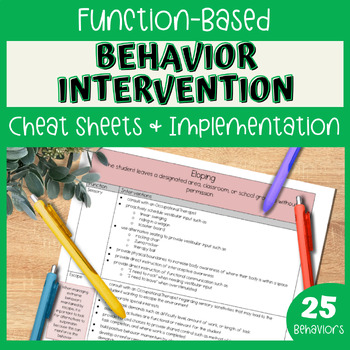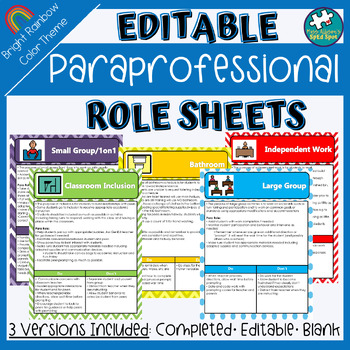
As adults, many of my students may have jobs in a factory or workshop setting. After visiting several of these facilities, I realized that it would be very important for these students to be able to sort objects and match them to a grid in order to package them. Here are several examples of taskboxes addressing these skills: Link Sort by Color: Separate the link from the chain (great fine motor task), sort by color, and "package" in correct bag Poker Chip Packaging : Place poker chip on matching color. Once one row is complete, package in bag and repeat Plasticware Sort : Sort plasticware into bag ...

After students have begun to master some of the simple Fine Motor Taskboxes I begin to introduce some of these matching taskboxes. Egg Carton Color Match : Match the block to the corresponding color Shape Sequence Match : Velcro the shape to the correct sequence Lid Match : Match the lid to the corresponding container. This is also a great fine motor and life skills activity. Environmental Print Match : Slide environmental print card into matching slot Calendar Picture Match : Use small pictures typically found on back of calendar. Laminate and bind calendar and attach velcro to smaller picture. Match small picture to larger picture. I LOVE this one because you can make them of varying difficulty based on picture detail and it's a great way to recycle last year's calendar! ...

When first preparing a student for the TEACCH structured work system, we first start with simple fine motor taskboxes. Most of the time, students at this level are working on fine motor goals anyway so this is a great starting point. In my classroom, the purpose for the structured work system is primarily INDEPENDENT task completion. Therefore, we always introduce each of our taskboxes during an isolated one-on-one session and continue working on it until the student can complete it independently in isolation. During this time we may begin introducing the TEACCH structured work system through using VERY simple tasks such as lacing one bead on a string or putting three pegs in a pegboard. This goes back to a very fundamental part of special education especially in the MD classroom which is focusing on one goal at a time and typically performing a task analysis of each goal to see what the steps to reaching that goal would be. This is exactly what I do when planning student IEPs......

In my classroom, I use the TEACCH structured work system approach for my students' independent work area. The structured work system area is a system of typically 3 tasks (usually "taskboxes" or work bins) which are set up on the left (in the picture they are in the clear bins on the table) and completed at a surface in front of the student, and then placed in a "finished" area (in the picture they are placed in the white laundry basket). The structure of the TEACCH work system and of taskboxes is especially helpful when working with students with autism because they have a clear beginning, middle, and end, therefore the student is aware when they will be done. In my classroom, once all three tasks are completed the student with have a break to complete an activity of their choice. Over the past few years we have made TONS of "taskboxes" or work bins for students to complete at this area. Here are a few of my math taskboxes: Count out sets ......
Subscribe to:
Posts (Atom)






